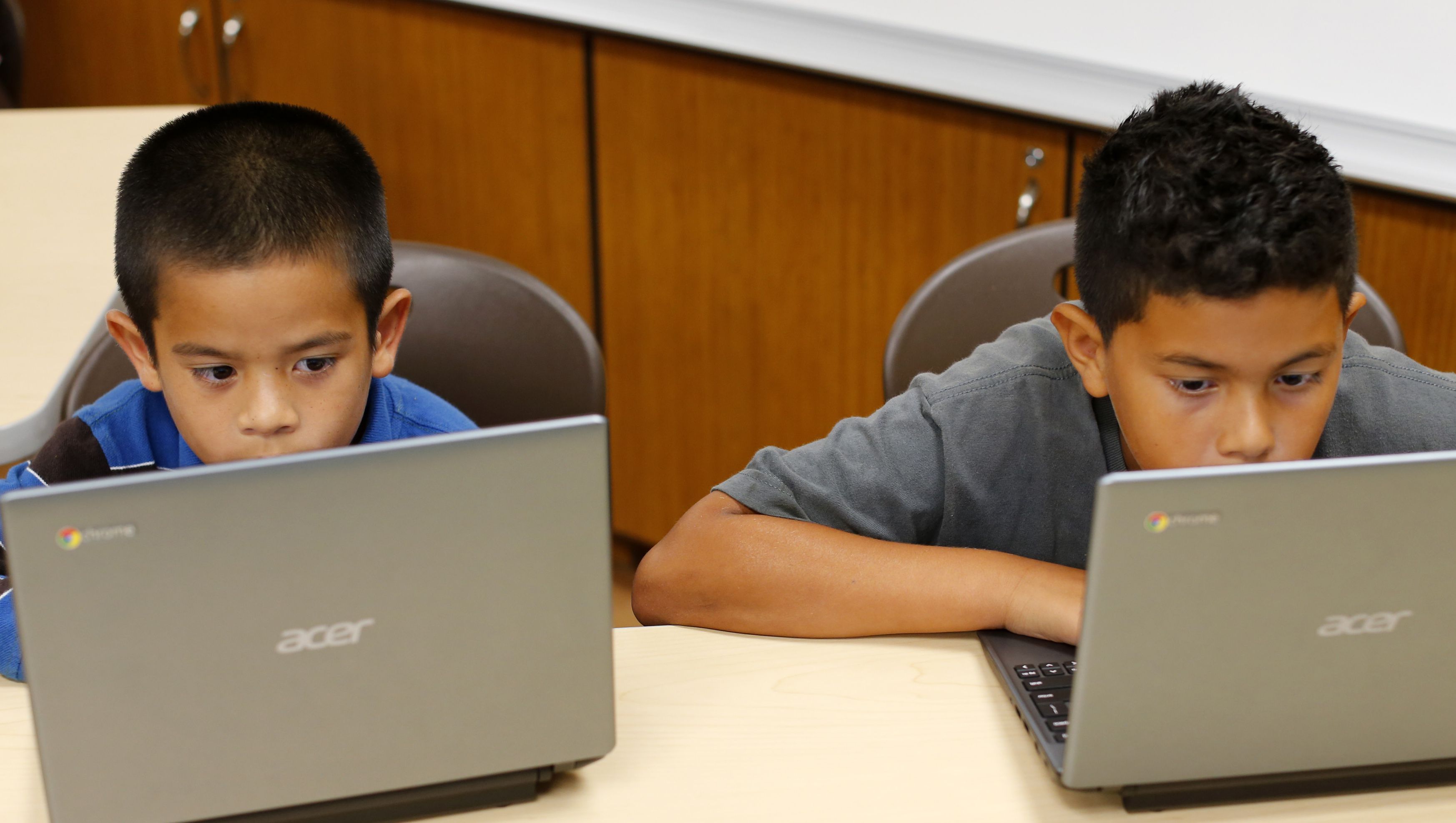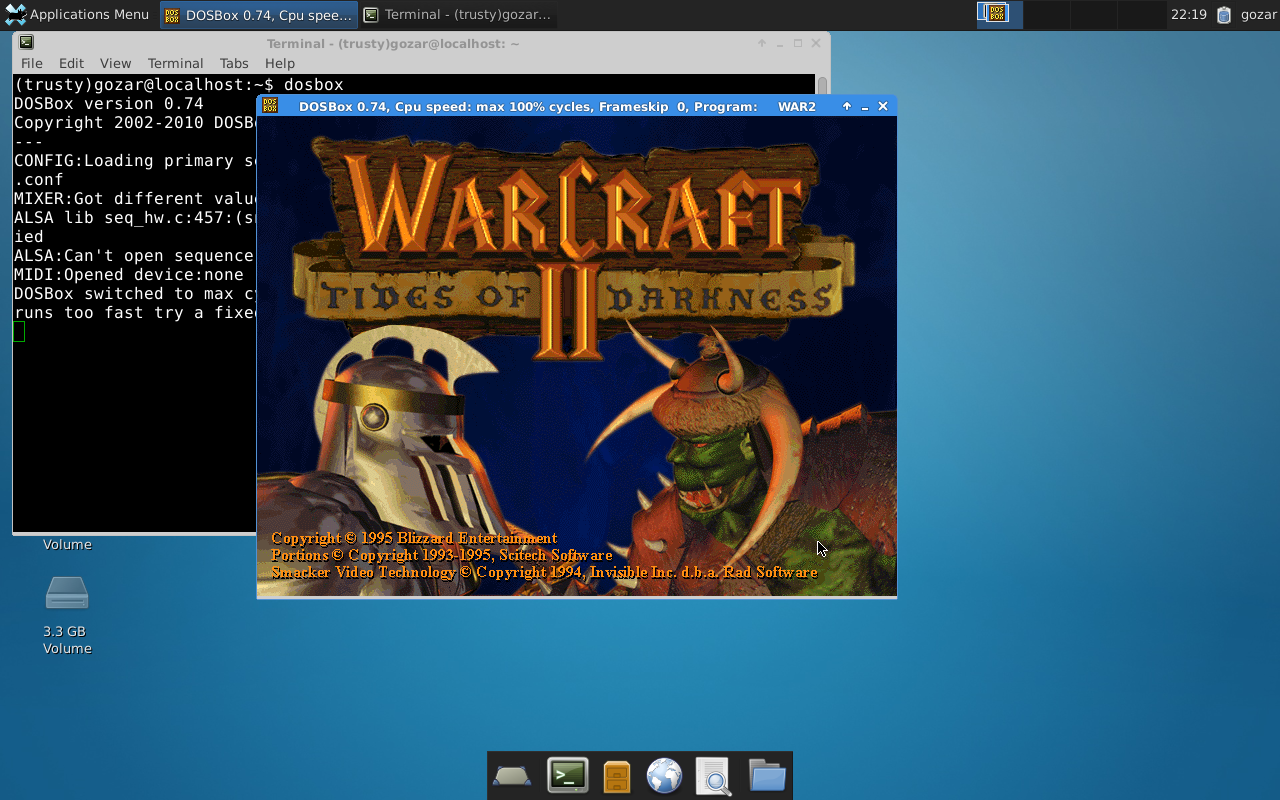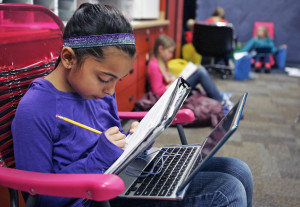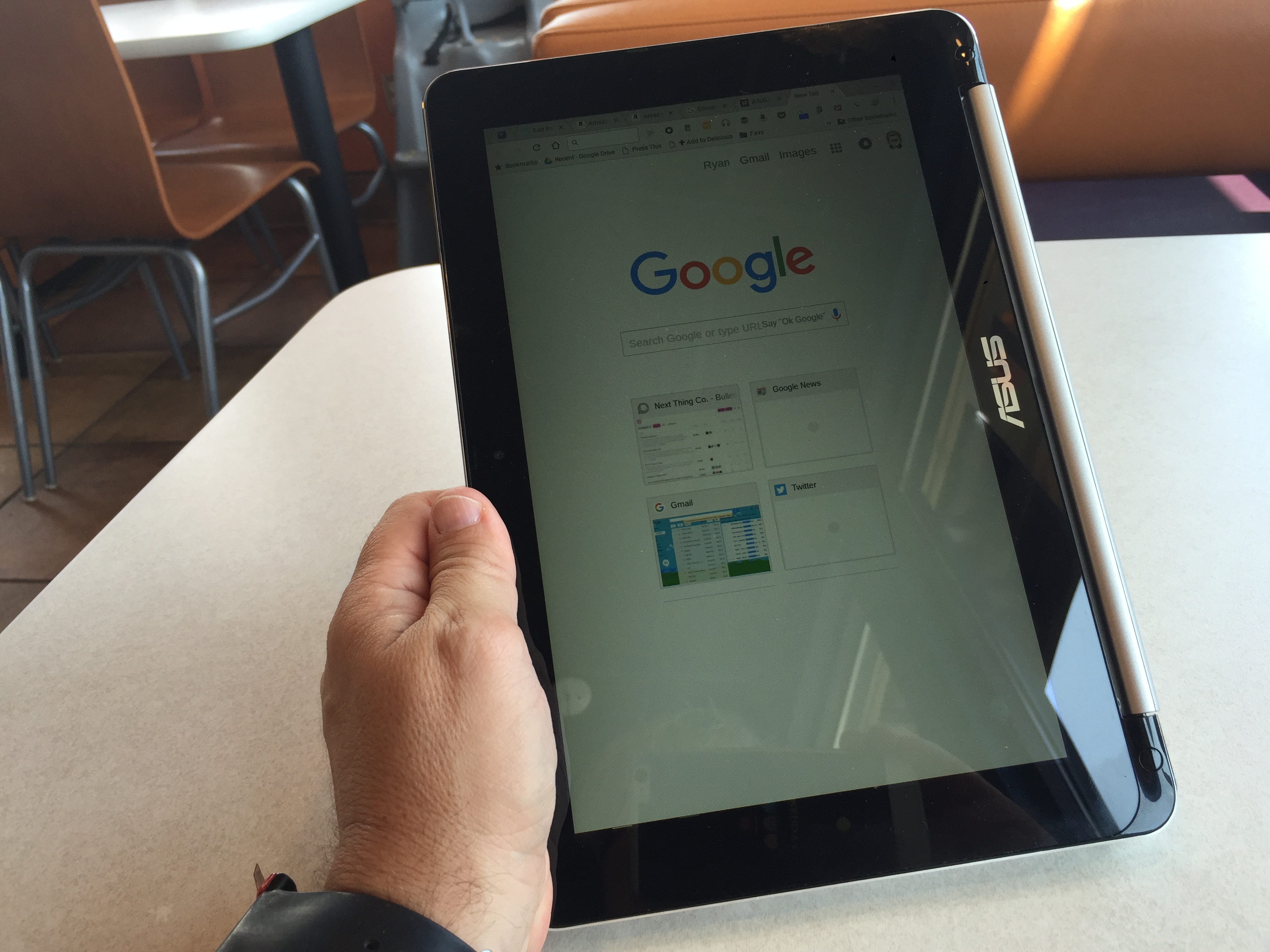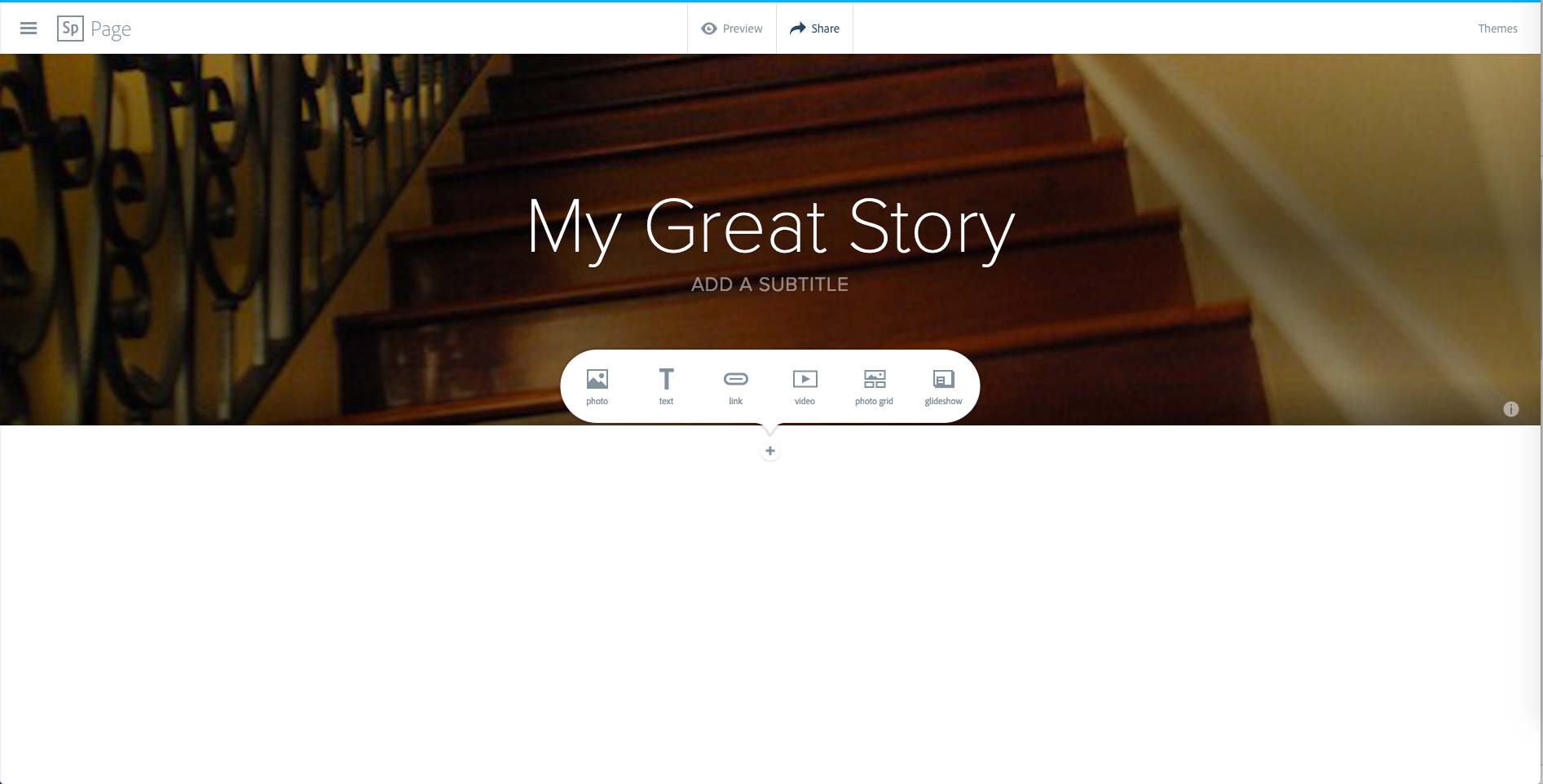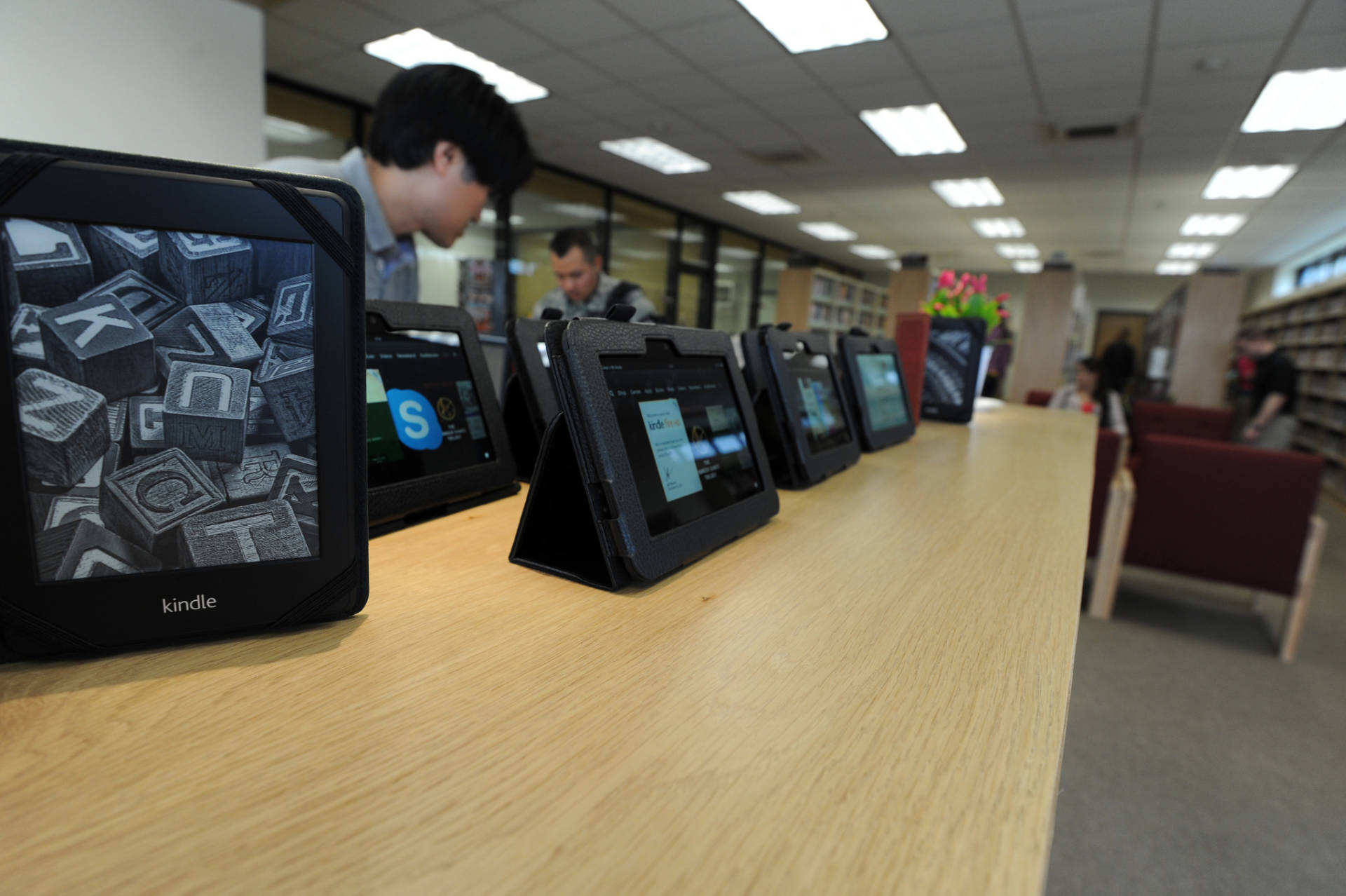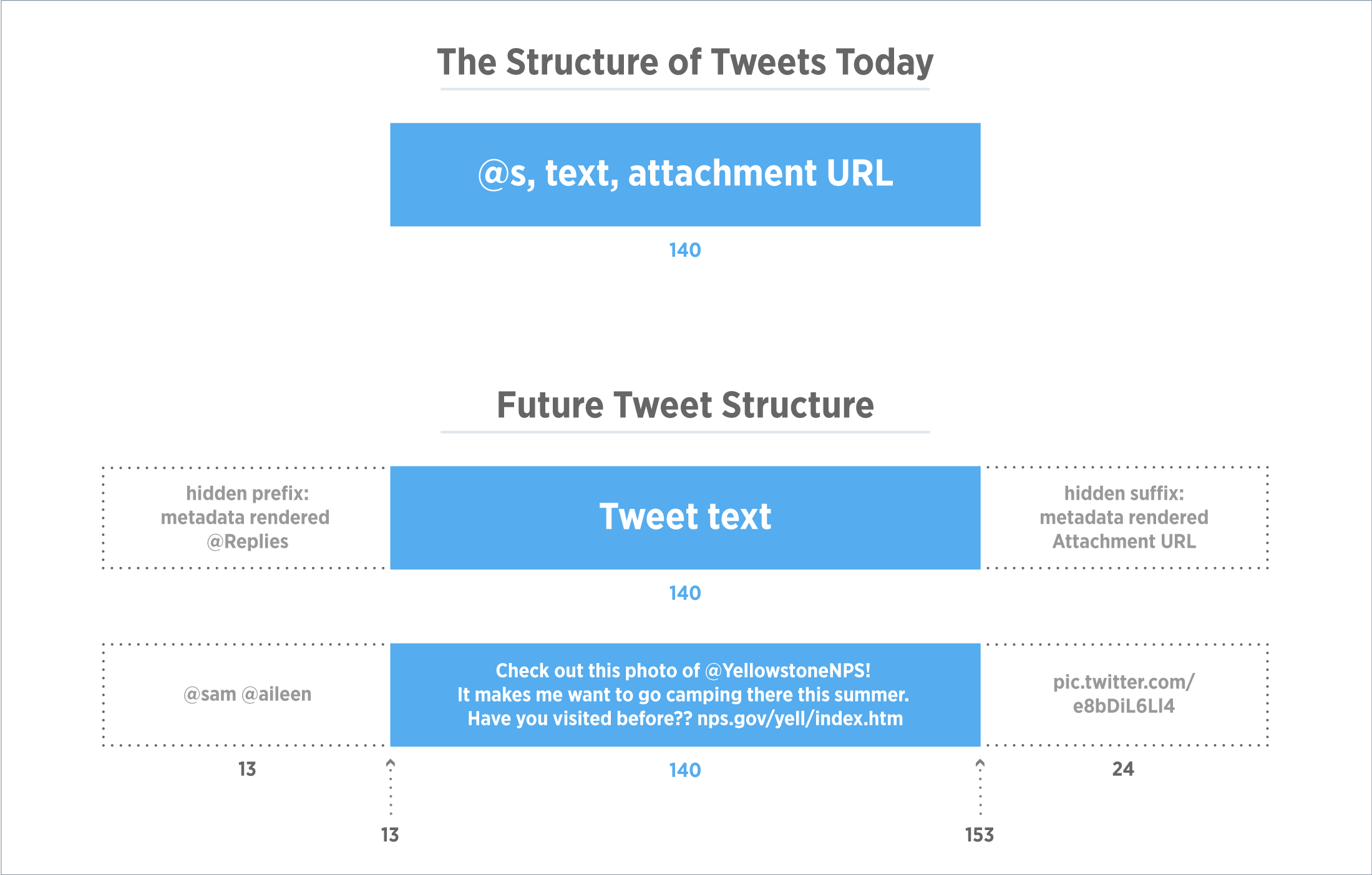The Higher Education Technology Paradox | EdTech Magazine
The number one paradox in higher education is that technology is both transforming and disrupting universities around the world. Institutions that adapt to the technology and become content producers will survive and flourish; those confined to being content consumers will struggle to stay in business. Many colleges and universities are in financial difficulty today: According…


